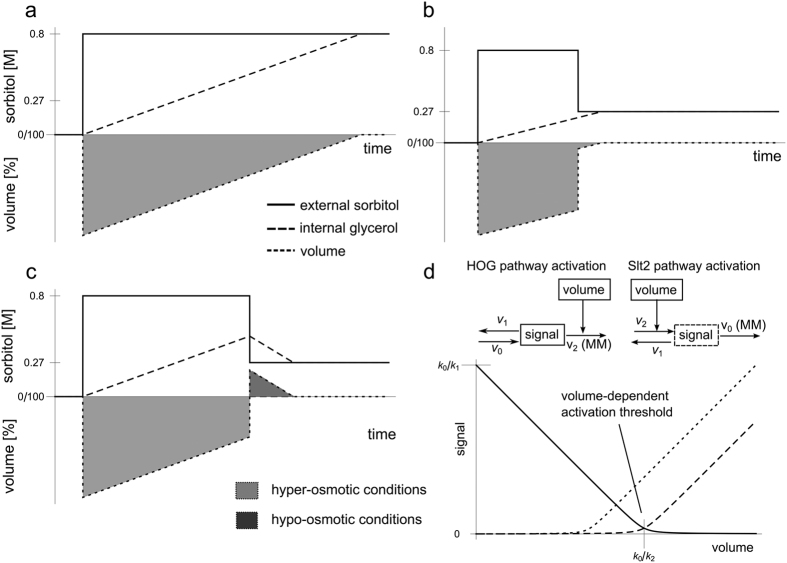Figure 1. Hyper-hypo-shock concept and generic signal functions.
(a–c) Conceptual illustration of the experimental setup for external osmolarity (solid line), and corresponding theoretical internal glycerol (dashed line) and volume (dotted line). (a) Single hyper-shock of 0.8 M sorbitol induces a sudden volume decrease with subsequent volume recovery as internal glycerol increases. (b) Single hyper-osmotic shock of 0.8 M sorbitol induces a sudden volume decrease with subsequent volume recovery as internal glycerol increases. Subsequent decrease to 0.27 M external sorbitol induces a sudden volume increase. Shift to 0.27 M sorbitol does not induce a hypo-osmotic shock, as the sudden volume increase does not exceed initial volume. (c) Single hyper-osmotic shock of 0.8 M sorbitol induces a sudden volume decrease with subsequent volume recovery as internal glycerol increases. Subsequent decrease to 0.27 M external sorbitol induces a sudden volume increase. Shift to 0.27 M sorbitol induces a hypo-shock, because the sudden volume increase exceeds initial volume. (d) Wiring schemes of the signaling module of the HOG and the CWI pathways with corresponding steady states as a function of volume. The parameters k0 and k2, defining the volume threshold upon which pathway activation is triggered, are the rate constants for reactions v0 and v2, respectively. Solid and dashed lines indicate Hog1 and Slt2 activation respectively. The dotted line indicates dynamic threshold regulation via a hypothetical sensitizing entity. MM: Michaelis-Menten kinetics. Mathematical details are provided in the Supplementary Material.

